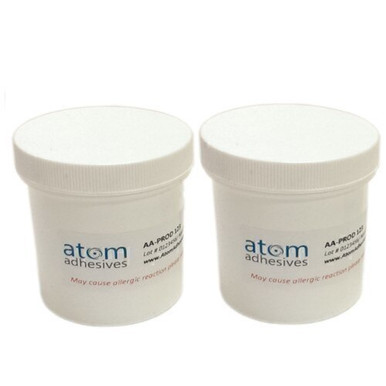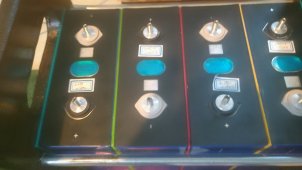Here's a graph. (no units given for Y axis?)
I think it indicates area of contact isn't so important. Curve approximately says twice the pressure and half the area gives same resistance.
Force is important. For constant area, twice the pressure cuts resistance in half (approximately)
I think these terminals are before the knee of the curve, (which would be 20 N/mm^2.)
But "knee" is an artifact of how the data is graphed, which is basically "1/X" (resistance vs. pressure). If graphed as "X" (conductivity vs. pressure) I think it is roughly linear, no knee.
If I've got that correct, then 8mm thread is better than 6mm thread, for same material. (but 8mm steel insert in aluminum to provide 6mm steel thread would achieve the same, because steel is stronger; the 8mm aluminum thread is weakest link.)
I forget what force exactly the 35 inch-lbs worked out to.
Using 0.61 coefficient of friction (aluminum on steel, dry) 6mm diameter, 4 N-m torque, I get 1093N clamping force.
https://www.engineersedge.com/calculators/torque_calc.htm
1093 N clamping over 90 mm^2 area is 12 N/mm^2
Note!! Coefficient of friction for aluminum on aluminum is twice aluminum on steel.
Table of static and dynamic friction coeffcient and friction equations given in imperial and SI metric units.
www.engineersedge.com
If 4 N-m torque was the recommendation when vendor supplied aluminum bolts, using the same torque with steel threads in aluminum would produce twice the pull-out force. This could explain stripping of aluminum threads. It would also mean contact resistance with aluminum bolts would be increased.
If you're using steel on steel (nuts on grub screws), coefficient is 0.80, so 25% less force than aluminum with steel.
If brass on steel, coefficient 0.50 so higher clamping force.
View attachment 42882





